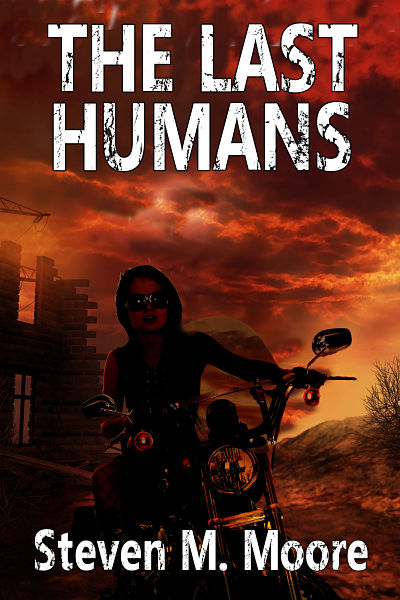Water…
Tuesday, March 20th, 2018[Note: It has come to my attention that my settings for comments to these blog posts were incorrect…probably since the last WordPress upgrade. They are now correct, so feel free to comment. I apologize for any inconvenience this might have caused. Also, as an FYI, your comment has to be approved by me to avoid trolls who rant and use foul language, but I get an email for each potential comment, so that approval is usually quick. I check my WP spam folder on a regular basis too. I don’t mind differing opinions—it’s good to have discussions. I do mind strong and insulting language.]
Water is rarely mentioned in fiction unless it’s almost a main character (thirsty party lost in the desert, villain poisoning a water supply, lack of water on the moon, etc—writers, are you jotting down these ideas?). In Niven and Pournelle’s Fallen Angel, it is a main character, in the form of snow—lots of it produced by extreme weather. In London’s “To Build a Fire,” it’s the snow again. (Anyone suffering through recent blizzards in the high Sierras, Midwest, or Boston area will probably agree that snow can become a villain.)
I’m surprised there aren’t more apocalyptic and post-apocalyptic novels about extreme weather. Maybe The Wizard of Oz was the last one to be really famous, but that tornado in Kansas only had a cameo role. Tornados are spawned by thunderstorms—lots of water. I once saw a tornado in Kansas—it was impressive but far away on the horizon, so it seemed not to be such a villainous character. But it was soon raining like hell!
Drought has more than a cameo role in my new post-apocalyptic thriller, The Last Humans (scheduled for publishing in 2019), but it more enables the prose rather than being a main character. My protagonist, Penny Castro, is preoccupied with water.
First, she’s an ex-USN search and rescue diver who ends up recovering corpses for the LA County Sheriff’s Department—ponds, rivers, and the ocean are where she works as a CSI. Second, after the apocalypse (a bio-engineered contagion delivered by missiles), she spends a lot of her time searching for and collecting water just to survive, or to help others survive. Third, she wants to grow things—understandable when she can’t find much to eat except dog and cat food—so she needs more of it. And fourth, she hates water because her brother almost drowned her as a kid, but she met her fear head-on to become a champion high school swimmer and Navy diver.
California, even before the apocalypse, worried about having enough water. Desalination platforms dot the coast and pump fresh water to thirsty Californians. Survivors of the apocalypse become even thirstier when the platforms stop pumping and mountain snow packs diminish. Drought seems like a villain.
Fresh, potable water is, of course, a big deal. Life on Earth couldn’t exist without it. Lack of fresh, potable water is already a problem in many areas of the world—emphasis on “clean, potable.” Lack of water will become even a bigger problem over time. As often happens when a problem is big and no one can think of a solution, people ignore the problem.
In my novel, Penny Castro can’t ignore it. Even with not many people left in the world, those last humans still need water to survive. That’s a theme in the novel. The jury’s out on whether we can solve this problem in real life. Stay tuned.
***
The Secret Lab (2nd Ed). Four students on the International Space Station discover the origins of a mutant cat and uncover a conspiracy in a sci-fi mystery that’s sure to entertain young adults and adults who are young at heart. In a new second edition completely rewritten and reedited by Steven M. Moore’s collaborator A. B. Carolan. Now available in a print version (Create Space) as well as all ebook formats (Amazon and Smashwords).
From a review of the first edtion: “I will disclose this: I picked up The Secret Lab because of Mr. Paws, the intelligent cat. Yes, I could not resist the temptation to read the adventure of a sentient, mathematics inclined cat, told by Steven M. Moore. It exceeded my expectations. Mr. Paws is the result of a genetics experiment aboard a facility orbiting Earth in 2147. The cat and his newly found friends, a group of four smart teenagers, find themselves in an intrigue with corporate agendas, young curiosity, dangerous and ethically problematic research, relationships and their difficulties when coming of age. The complexity is enthralling, but the author also makes it easy to follow, using a light, natural style to tell us their story.”–Alfaniel Aldavan, in a Smashwords’ 5-star review
In libris libertas!
